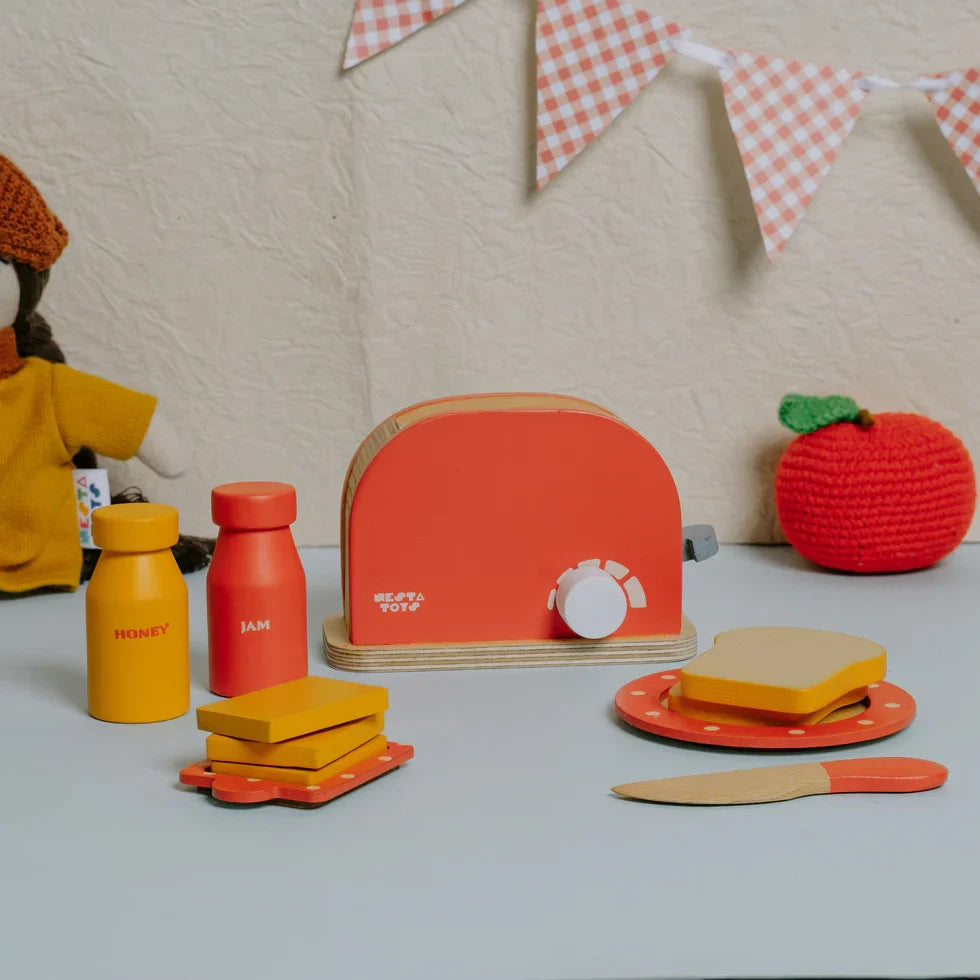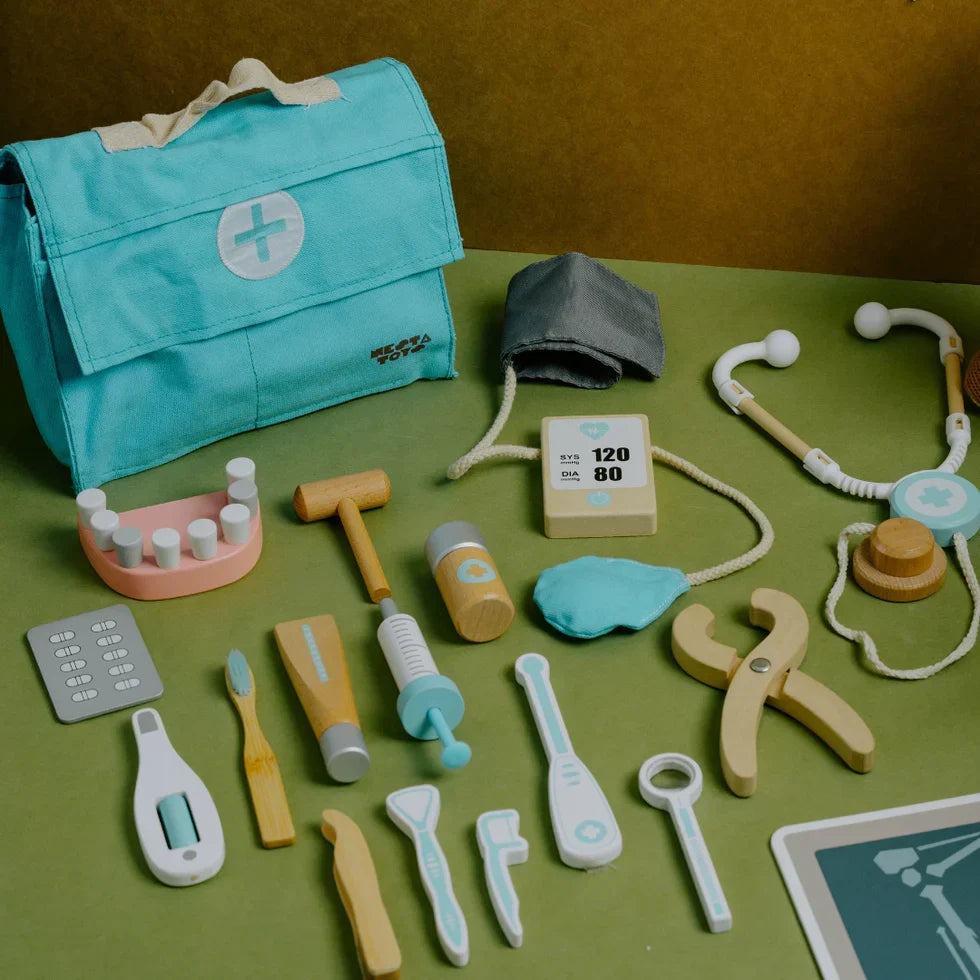Early Learning
50+ Creative & Budget-Friendly Halloween Trick-or-Treat Ideas
Halloween is all about costumes, spooky fun, and of course — trick-or-treating! But handing out candy doesn’t have to be the same old chocolate bars and lollipops. With just a little creativity, you can turn your front door into the most exciting stop on the block. From silly ghost lollipops to glow-in-the-dark goodie bags and even non-candy surprises for kids with allergies, these 51+ fun and budget-friendly Halloween trick-or-treat ideas will make your night unforgettable.
Learn more5 Smart Devices in Your Home That May Be Compromising Your Child’s Privacy
In today’s connected homes, smart devices like voice assistants, smart TVs, and internet-enabled toys make life fun and easy. But they can also collect your child’s voice, habits, and location. Knowing these risks helps parents set safeguards, ensuring technology supports learning and play without compromising privacy.
Learn moreIs Alexa Listening to Your Kids? How to Safeguard Privacy at Home
Smart assistants like Amazon Alexa have quickly become part of family life—playing songs, answering questions, and even telling bedtime stories. For kids, Alexa feels like a magical friend who’s always ready to help. But as parents, it’s important to understand how she works and how to guide your child’s interactions for both fun and safety. From turning on Kids Mode to setting privacy preferences, discover simple ways to make Alexa a safe, educational, and positive companion in your home.
Learn moreLearn to Read – Phonics: All “S-Blends”
Summary Table of S-Blend Starters Blend Example Words sc scan, scoop, scale, scare sk skip, skin, skate, skull sl slip, sled, slow, slide sm smile, smoke, small, smash sn snap, sniff, snow, snail sp spot, spin, space, speak st stop, star, stand, store sw swim, swing, sweet, sweep spr- spring, spray, sprout str- string, street, stripe spl- splash, split, splat
Learn moreLearn To Read - Phonics - All "A" Words by Sound Type
Phonics Summary – All "A" Sounds Sound Type Examples Short A (/ă/) cat, hat, bat, map, jam, fan, bag, dad Long A (/ā/) cake, name, rain, day, tray, great, steak R-Controlled A (/är/) car, far, bark, park, jar, star, hard A as Short O (/ŏ/) was, want, wash, what, water Schwa A (/ə/) about, again, ago, aloud, away
Learn moreLearn To Read - Phonics - All "E" Words by Sound Type
Phonics Summary – All "E" Sounds Sound Type Examples Short E (/ĕ/) bed, red, pen, ten, leg, pet, yes, get Long E (/ē/) me, he, tree, see, eat, eagle, feet, baby, pony R-Controlled (ear) (/ɪr/) dear, near, cheer, gear, clear, year E as Air Sound (/ɛər/) bear, pear, wear, swear, where Schwa E (/ə/) problem, garden, button, taken, siren
Learn moreLearn to Read – Phonics: All "U" Words by Sound Type
Summary Table: Sound Type Examples Short U (/ŭ/) cup, sun, bug, hug, tub, nut, rug Long U (/yoo/, /oo/) cube, use, flute, unit, unicorn, clue, blue R-Controlled U (/ɜr/) fur, turn, hurt, nurse, burst U as /oo/ put, push, full, sugar, bush Schwa U (/ə/) supply, support, around, upon, button
Learn moreLearn to Read – Phonics: All "O" Words by Sound Type
Sound Type Examples Short O (/ŏ/) hot, mop, dog, fox, rock, job Long O (/ō/) home, boat, snow, toe, rope, nose R-Controlled O (/ôr/) corn, fork, born, storm, porch O as /oo/ move, prove, to, do, lose O as /ou/ out, loud, mouse, down, clown “S” as /z/ after O nose, rose, close, pose, chose Schwa O (/ə/) doctor, color, lemon, button, second
Learn moreLearn to Read – Phonics: All “L-Blends” (Consonant + L)
Summary Table of L-Blend Starters Blend Example Words bl black, blink, blog, blue, block cl clap, clip, clown, climb, clean fl flag, flip, float, flap, flame gl glad, glue, glow, glide, glitter pl plan, plate, plug, plum, plot sl slip, slug, sled, slow, slide
Learn more












